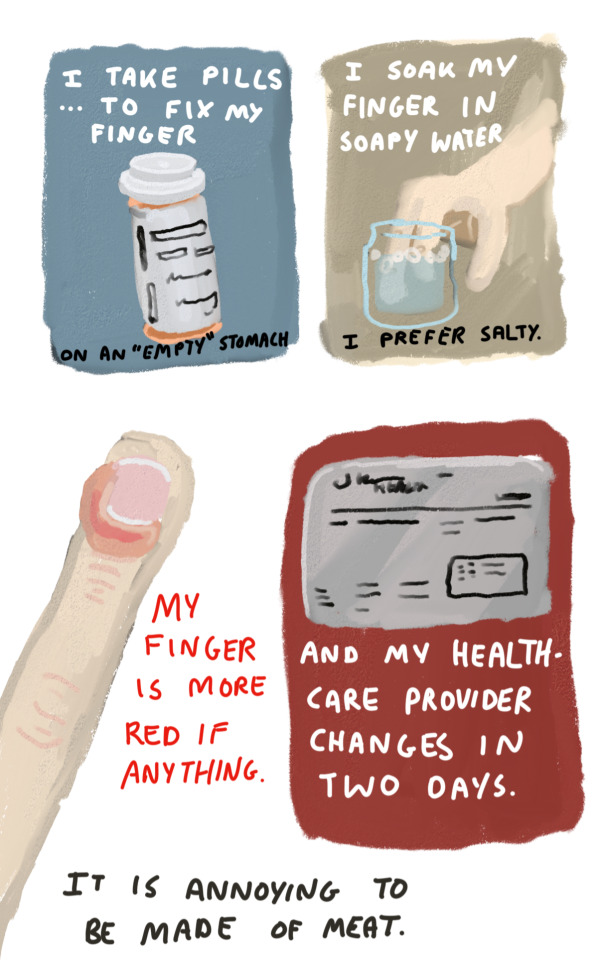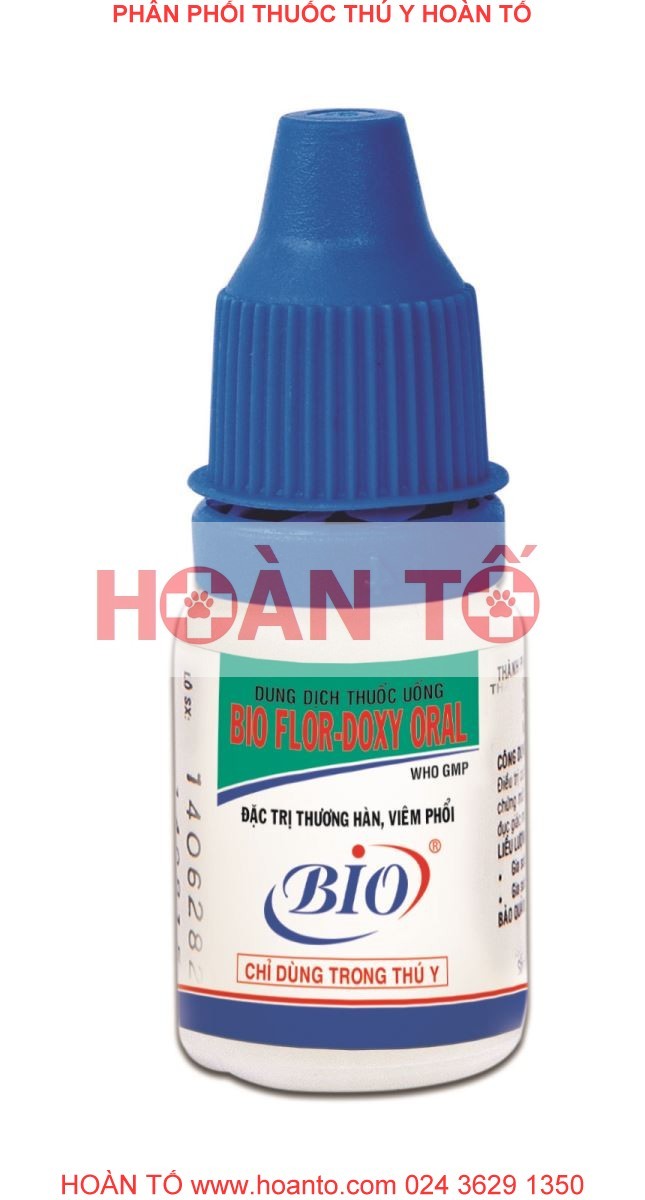#doxycycline
Text

571 notes
·
View notes
Text
A new Akira inspired shirt dropped today at DurtyBear. Check it out at
http://durtybear.threadless.com

3 notes
·
View notes
Text
Asymptomatic carotid stenosis of 50%–70% should be treated medically to reduce atherosclerotic cardiovascular disease. Initiating statin therapy and smoking cessation will have the greatest impact on reducing his risk [the pt was a 63 y/o M with normal BP who smokes, whose internal carotid artery was 50% stenosed without symptoms]. Without past neurologic symptoms from carotid artery disease, surgical intervention would not be indicated due to the potential risks of surgery, but repeat ultrasonography is considered reasonable.
Extracranial carotid artery atherosclerosis is a risk factor for stroke and warrants risk factor reduction. Nonsurgical approaches that lower stroke risk include smoking cessation, hypertension management with a goal blood pressure of <130/80 mm Hg, management of diabetes mellitus if present, and initiation of high-intensity statin therapy with a target LDL-cholesterol level of <70 mg/dL. Regular physical activity regardless of BMI is associated with a reduction in stroke risk.
Surgical interventions for carotid disease, such as endarterectomy or stenting, carry a significant risk of mortality and disabling stroke. Because of the risks of intervention, screening of asymptomatic patients is not routinely recommended. Similarly, the benefits of intervention must be weighed against the potential risks. Generally, intervention is recommended if the patient has experienced significant symptoms from carotid artery disease such as stroke or high-risk TIA with stenosis >50%.
For asymptomatic patients, the average annual risk of stroke with stenosis ≥70% is about 1% and evaluation for carotid endarterectomy or stenting is recommended if the patient is considered to be at acceptable surgical risk.
Family physicians often see patients with diarrheal illnesses and most of these are viral. Patients sometimes have misconceptions about preferred fluid and feeding recommendations during these illnesses. The World Health Organization recommends oral rehydration with low osmolarity drinks (oral rehydration solution) and early refeeding. Low osmolarity solutions contain glucose and water, which decrease stool frequency, emesis, and the need for intravenous fluids. Soda and sports drinks contain a higher concentration of glucose, which may worsen diarrhea.
Half-strength apple juice has been shown to be effective, and it approximates an oral rehydration solution. Its use prevents patient measurement errors and the purchase of beverages with an inappropriate osmolarity. It is also more appealing to children than many oral rehydration solutions. Water increases the risk of hyponatremia in children. Refeeding on patient request has been shown to decrease the duration of illness.
This asymptomatic patient with mildly elevated transaminases most likely has nonalcoholic fatty liver disease (NAFLD), which is the most common chronic liver disorder in the United States. It is associated with metabolic syndrome. The initial evaluation should include studies to rule out less common causes of liver disease including viral hepatitis and hemochromatosis. Other laboratory studies that assist in evaluation include albumin and platelet levels. These values allow for the calculation of the Fibrosis-4 score or the NAFLD fibrosis score, which are validated to predict the risk of significant liver fibrosis. Patients with an elevated risk of fibrosis require further evaluation, typically with ultrasound-based elastography before considering liver biopsy. Medications and supplements may cause elevated transaminase levels, and a thorough history to elicit this information is important. Statin-induced liver injury is rare and not consistent with this clinical picture. Discontinuing statin therapy is not necessary with mild transaminase elevations due to NAFLD. Metformin is unlikely to cause elevated transaminases and is safe with this severity of liver disease. Liver fibrosis may be detected with CT but ultrasonography is more sensitive and thus preferred.
Biceps tendinitis causes pain with abduction and external rotation of the arm, and tenderness of the bicipital groove with palpation. Resisted supination of the hand with the elbow flexed to 90° is the Yergason test, and anterior shoulder pain with this maneuver is consistent with bicipital tendinitis. Anterior shoulder pain with cross adduction of the arm is more consistent with acromioclavicular arthritis. Axial compression with rotation to the affected side of the slightly extended neck is the Spurling test for cervical radiculopathy. Extension of the elbow would activate the triceps, and internal rotation of the shoulder with the elbow flexed would result in less activation of the biceps than resisted supination.
Doxycycline (100–200 mg daily or 40 mg once daily of a modified-release formulation) and minocycline (100–200 mg daily) are effective options for the treatment of papulopustular rosacea. The modified-release doxycycline, which is a 40-mg capsule, is FDA-approved but is more expensive out of pocket. Oral metronidazole or macrolides such as azithromycin and clarithromycin can also be considered for those who cannot take tetracyclines. Erythromycin would not be a first-line choice. Amoxicillin, cephalexin, and sulfamethoxazole/trimethoprim lack evidence to support their use in the treatment of papulopustular rosacea.
Office spirometry can be very helpful in narrowing the differential diagnosis of dyspnea. Of the options listed, only cystic fibrosis can cause an obstructive pattern. Other causes of an obstructive pattern include asthma, COPD, α1-antitrypsin deficiency, and bronchiectasis, among others. Common diseases or conditions causing restrictive patterns include adverse reactions to nitrofurantoin, methotrexate, and amiodarone. Chest wall conditions such as kyphosis, scoliosis, and morbid obesity can also cause restrictive patterns. Interstitial lung disease, including idiopathic pulmonary fibrosis, sarcoidosis, and asbestosis, also causes a restrictive pattern.
After percutaneous coronary intervention (PCI) for a non–ST-elevation myocardial infarction, the American College of Cardiology (ACC) recommends continuing dual antiplatelet therapy (DAPT) for at least 12 months in patients who do not have a high risk for bleeding. There are few consistent recommendations after 12 months because there is less consistent and high-quality evidence for outcomes beyond this time point.
The net benefit of dual antiplatelet therapy is highest in the first 12 months after PCI. After 12 months of therapy, the risk of bleeding increases. The risk-benefit ratio should be reassessed for all patients after 12 months of therapy. For most patients, discontinuing either the P2Y12 inhibitor or the aspirin is warranted after 12 months. A 2020 meta-analysis found that patients with newer generation drug-eluting stents treated with DAPT for >18 months had a higher all-cause mortality compared with those treated for <6 months.
The ACC indicates that continuing DAPT is reasonable for select patients. Point-of-care tools, such as the PRECISE-DAPT Risk Calculator, use clinical information to calculate the likely cardiac risk reduction and likely risk of bleeding to help inform shared decision-making after 12 months.
Aspirin is the most cost-effective option for long-term antiplatelet therapy. For this patient, who has indicated costs of care are a concern for him, discontinuing clopidogrel is the better choice.
In addition to antiplatelet therapy, control of elevated blood pressure and cholesterol also reduces cardiovascular outcomes in secondary prevention. This patient’s LDL-cholesterol level is at goal and currently <70 mg/dL, so atorvastatin should be continued at the current dosage. He has reached his blood pressure goal of <130/80 mm Hg and has no orthostatic symptoms, so his current blood pressure medication regimen should be continued.
Because patients with an acute ischemic stroke may require the increased perfusion pressure to limit ischemia, antihypertensive therapy should not be given during the first 48–72 hours as long as they are not candidates for, or recipients of, reperfusion therapy with alteplase or thrombectomy; do not have a comorbid condition requiring acute blood pressure lowering; and do not have a blood pressure >220/120 mm Hg. Patients with a history of hypertension can generally resume their home blood pressure medications once they are safely eating and drinking. Basically, you can allow HTN (permissive HTN) within the first 48 hours of having an ischemic stroke that wasn't treated with alteplase or thrombectomy with goal BP <220/120.
4 notes
·
View notes
Text

2 notes
·
View notes
Text

Doxycycline (£8.95 – £67.15)
Doxycycline is a powerful antibiotic that belongs to the tetracycline class of drugs. It effectively inhibits the growth of bacteria by interfering with their protein synthesis, thereby preventing their multiplication and spread in the body. If you’re searching for a reliable source to buy Doxycycline, look no further than Meds for Less Buy Now at https://www.medsforless.co.uk/doxycycline/
0 notes
Text
Yuuuk kita cari tahu obat Antibiotik Doksisiklin

0 notes
Text
bitch i will never taking doxycycline again in my life i am suffering.

1 note
·
View note
Text
1 note
·
View note
Text

July 2nd 2023 - the rash is clearing
0 notes
Text

Creepy green lighting feels appropriate I guess.
Put on my big girl pants and contacted my GP about that tick bite because it was starting to look not good.
Sent some pics and had a phone call, doc says it probably wasn't a tick but some other rando bug and the bite looked infected. He prescribed a 2 week course of antibiotics which I was super grown up about and collected from the pharmacy during my lunch break.
I hope this works. I'm keeping a photo diary so I'll know if anything changes (the bite is behind my knee so very awkward to get a good view), but the pics are kinda grim so I'll keep those private.
0 notes
Text
BIO FLOR-DOXY ORAL
ĐẶC TRỊ THƯƠNG HÀN, VIÊM PHỔI
THÀNH PHẦN:FlorfenicolDoxycycline CÔNG DỤNG: Trị thương hàn, viêm ruột tiêu chảy, E.coli; Tụ huyết trùng, viêm phổi, viêm khớp, sưng phù đầu, viêm tử cung, viêm vú trên heo, bê, nghé, dê, cừu, gia cầm, chó, mèo.LIỀU LƯỢNG VÀ CÁCH DÙNG:Trị bệnh:Gà, vịt, cút, chó, mèo: 1 ml / 5 kg thể trọng / ngày hoặc 2 ml / lít nước, trong 3 – 5 ngày.Heo, bê, nghé: 1 ml / 7-10 kg…

View On WordPress
#Bệnh Hô Hấp Chó Mèo#Bệnh Hô Hấp cho Chó#Bệnh Hô Hấp cho Mèo#Bệnh Hô Hấp Gà Đá#Bệnh Tiêu Hóa cho Chó#Bệnh Tiêu Hóa cho Mèo#Bệnh TIêu Hóa Gà Đá#chó#Doxycycline#Florfenicol#gia cầm#gia súc#Kháng Sinh#Kháng Sinh Bio#lợn#mèo#thú cưng#thú cưng bio
0 notes